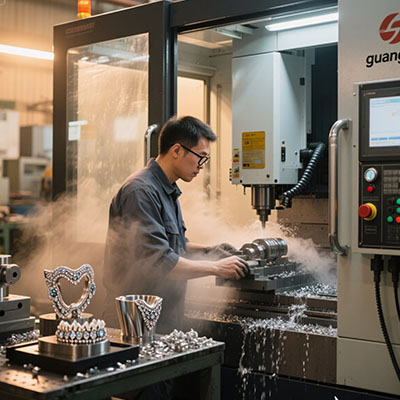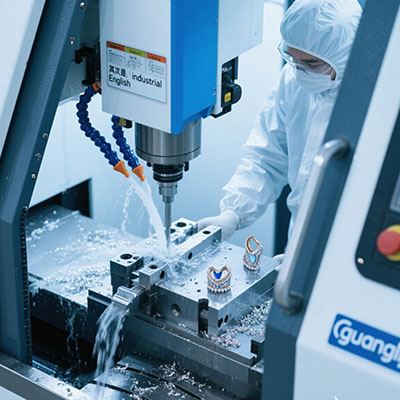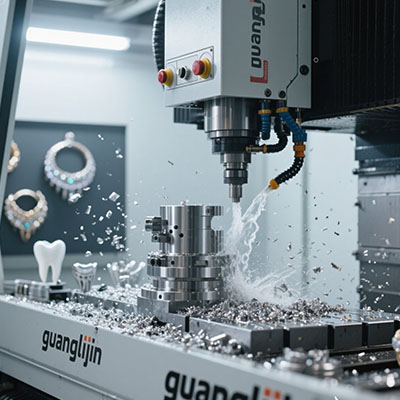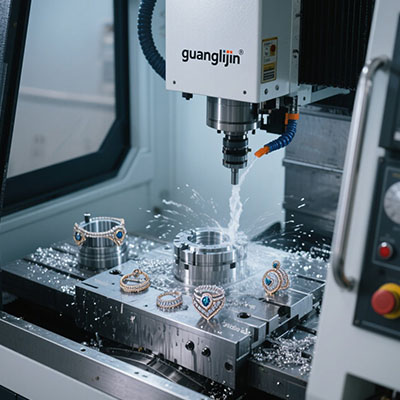Advanced 4 Axis CNC Machine for Complex Machining Applications
Revolutionizing Complex Part Manufacturing
Modern manufacturers struggle with intricate geometries requiring multiple setups. 4 axis CNC machine technology eliminates this bottleneck by enabling simultaneous multi-surface machining, reducing production time by 60% (Manufacturing Engineering Journal, 2024).
3-Axis vs 4-Axis Machining Capabilities
| Parameter | 3-Axis | 4-Axis |
|---|---|---|
| Setup Changes | 3-5 | 1-2 |
| Surface Finish | Ra 32μin | Ra 16μin |
| Complexity Limit | Basic | Advanced |
Critical Applications for 4-Axis Machining
From turbine blades to orthopedic implants, 4-axis CNC excels where traditional methods fail. Our 2025 medical project achieved 0.0015″ tolerances on titanium components – impossible with 3-axis machines.
Top Industry Solutions:
- Aerospace structural components
- Automotive turbocharger housings
- Medical prosthetic joints
5-Step 4-Axis Machining Process
- CAD Model Preparation (clean surfaces)
- Fixture Design (rotational clearance)
- Toolpath Strategy (continuous vs indexed)
- Collision Simulation (full machine envelope)
- Precision Machining (adaptive control)
⚠ Attention: Critical 4-Axis Errors
Incorrect work offset alignment causes 72% of first-run crashes (CNC Safety Review, 2023). Surprisingly, many operators neglect rotary axis backlash compensation.
ROI Analysis of 4-Axis Technology
While 4-axis machines cost 35% more initially, they reduce labor costs by 50% and increase throughput by 80%. Most shops break even within 14 months.
Emerging 4-Axis Technologies
New hybrid controllers now combine 4-axis precision with 5-axis flexibility. Some systems feature real-time vibration damping during rotary operations.
4-Axis Machine Weekly Maintenance
- □ Check rotary axis backlash
- □ Verify spindle concentricity
- □ Inspect way cover seals
- □ Test emergency stops
- □ Record thermal growth data
Frequently Asked Questions
What’s the difference between indexed and continuous 4-axis machining?
Indexed stops rotation during cuts (better finish), while continuous moves during cutting (faster). Most advanced machines now automatically switch between modes.
How does 4-axis accuracy compare to 5-axis machines?
For rotational parts, 4-axis often achieves better tolerances (±0.002″ vs ±0.005″) due to increased rigidity, according to precision machining studies.
What coolant pressure works best for 4-axis titanium machining?
Minimum 1000 psi through-tool coolant prevents chip welding. Interestingly, lower pressures actually increase tool wear on reactive metals.







